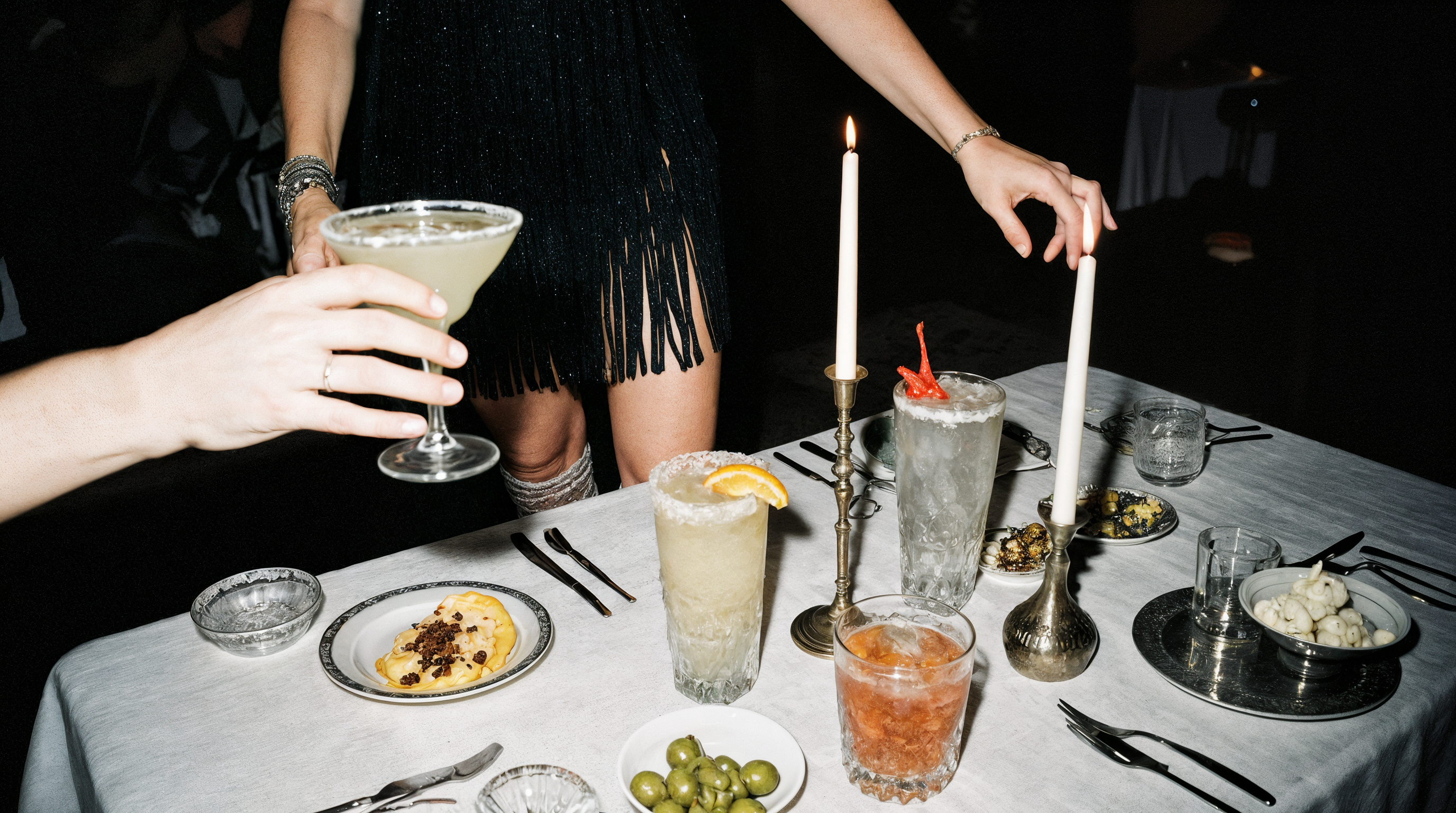Margaritas have been around for nearly a century, yet they’ve never gone out of style. In fact, they’re more popular than ever. According to NielsenIQ, the margarita remains the most ordered cocktail in the United States — a stat that holds steady year after year. But how did this citrusy, tequila-forward drink become such a cultural mainstay?
Let’s rewind. The true origin of the margarita is debated. Some trace it to 1930s Tijuana, where bartender Carlos “Danny” Herrera supposedly created it for a customer allergic to most spirits — except tequila. Others credit socialite Margarita Sames, who famously mixed the drink for guests at her Acapulco home in the 1940s. Like most good stories, the truth is likely somewhere in between ... shaken, strained, and served over ice.
Regardless of its beginnings, what made the margarita take off was its adaptability. The base formula is simple: tequila, lime juice, and triple sec. But from there, it’s evolved — with riffs including frozen versions, spicy infusions, mezcal swaps, mango twists, and now, non-alcoholic adaptations.
That’s where we come in. When we set out to make the Free AF Margarita Range, we weren’t just chasing flavor — we were recreating the feel of a true cocktail. Something you’d want to sip on at a rooftop party or pour poolside. With Afterglow™, our signature heat extract that mimics the warmth of alcohol, each flavor has depth, balance, and bite.
So why does the margarita continue to dominate cocktail culture? It’s refreshing, customizable, and just complex enough to feel like a real drink without being fussy. It’s casual, but not basic. And in an era where wellness meets indulgence, the non-alc marg is having a well-deserved moment.



Behind the Can: How We Built a Non-Alc Marg That Tastes Like the Real Thing
The Margarita, Rewritten